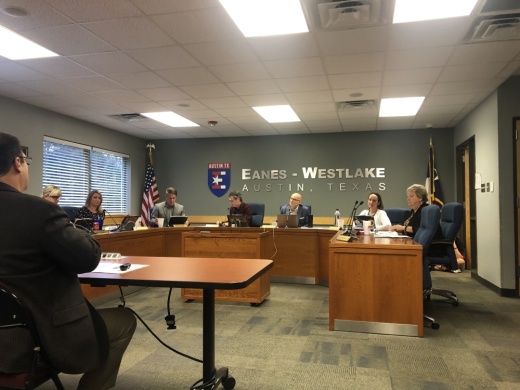Eanes ISD trustees met June 22 to adopt a fiscal year 2021-22 budget with a $1 million deficit, but officials say incoming federal dollars should place the district in a good financial standing. Total expenditures for the incoming year are projected to be roughly $1 million more than the district’s total revenue. However, roughly $3.9 million in federal COVID-19 will become available to the district, according to EISD Chief Financial Officer Chris Scott.
The funds provided through the American Rescue Plan’s Elementary and Secondary School Emergency Relief Program, or ESSER III, can be used to aid the district in its pandemic recovery. The federal relief can be used to reimburse the district for previous COVID-19 expenses and will be split over a 2-year period, Scott said, meaning $1.9 million could be utilized in the upcoming school year.
Once those funds are recognized, Scott projects a budget surplus of about $400K in the 2021-22 school year, according to district information.
“Even though we are going to be adopting a budget that shows a deficit, in all likelihood we will at least be balanced or [have] a surplus next year,” Superintendent Tom Leonard said.
Through the 2019 school finance bill, House Bill 3, residents will continue to see a tax rate decline as part of a required annual rate compression. The adopted budget reflects a tax rate of $1.0722 per $100 of taxable property value—a decrease from last year’s rate of $1.1164 per $100 valuation.
Of the tax revenue collected, the district will retain roughly $60 million and send over $100 million back to the state through recapture payments.
Texas’ recapture system requires ISDs with a value per student higher than $6,160 to contribute payments based on the district's taxable value, according to the Texas Education Agency. Those funds are then redistributed to less affluent districts.
“We send back to the state more than we collect,” Scott told the board.
Annual recapture payments are, in part, determined by a district’s overall enrollment. Total enrollment for the upcoming year is projected at 8,152 students, however, Scott emphasized that this may change, and the actual enrollment number will not be finalized until the fall. Scott said if enrollment comes in as low as 7,900 students the projected surplus will decrease to $212,740.
“You’re adopting a budget now and there are a lot of things we don’t know yet we’ll learn them as the year goes on,” Scott told the board, adding that typically a large budget amendment is made in December.





